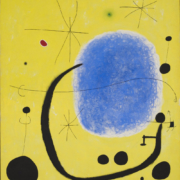The encounter with the other in the couple relationship: the area of mutuality
Abstract
The thesis we have followed in this paper intends to highlight the features of the “couple” as one of the privileged places from which to look at the modes the partners use, following frequent unconscious regulation processes, to give rise to a third dimension, a field, their very relation that in its being a shared object at the border between the self and the other represents a third regulation pole that can be acknowledged as their Read more

